Industry information
Company News
- Aluminum veneer: the "light luxury" choice in architectural aesthetics
- Aluminum veneer customization, creating a new trend of personalized space!
- Carved aluminum veneer: unique design, interpreting modern aesthetics
- Carved aluminum veneer: the finishing touch of modern architecture
- Fluorocarbon aluminum veneer: the fashionable new favorite in the aluminum industry
Industry dynamics
- How to evaluate the impact of aluminum veneer's removability on the appearance of buildings?
- Aluminum veneer: the secret weapon for creating modern architectural aesthetics!
- Innovative Decorative Material Selection in Modern Aluminum Veneer Architecture
- Modern architecture uses twisted aluminum veneer to give new life to buildings
- How to improve the UV resistance of aluminum veneer?
Frequently asked questions
- How to improve the fire resistance of aluminum veneer?
- How to design customized aluminum veneer?
- How to use and maintain aluminum veneer reasonably?
- How to store and transport aluminum veneer?
- How to identify the quality of aluminum veneer?
contact us
Mobile:+86 15627778610
Email: 2201229786
Address: No. 5 Binjiang Road, High tech Zone, Zhaoqing City, Guangdong Province
What is the thermal expansion coefficient of aluminum veneer?
- Author: Lesilong Technology (Guangdong) Co., Ltd
- Release time: 2022-03-08 08:16:30
- Click:0
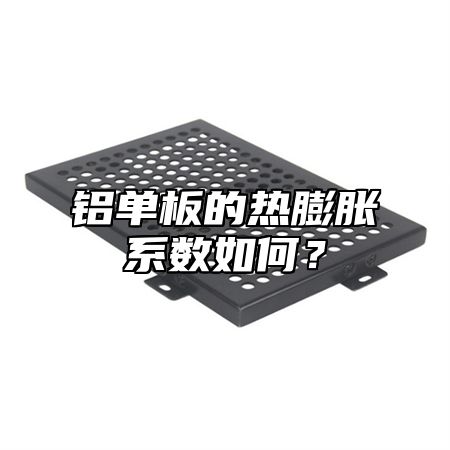
Aluminum veneerAs a commonly used building material, its coefficient of thermal expansion is one of the important factors affecting its service life and safety. Below, we will provide a detailed introduction to the thermal expansion coefficient of aluminum veneer and its implementation method.
1、 Thermal expansion coefficient of aluminum veneer
The thermal expansion coefficient of aluminum veneer usually includes the following aspects:
1. Temperature change rate: The thermal expansion coefficient of aluminum veneer varies at different temperatures, so it is necessary to choose appropriate materials and structural design according to the actual usage environment.
2. Size change rate: The thermal expansion coefficient of aluminum veneer varies at different sizes, so it is necessary to choose the appropriate size and shape according to the actual usage environment.
3. Environmental factors: The thermal expansion coefficient of aluminum veneer is also affected by external environmental factors such as temperature, humidity, etc., which require reasonable control and management.
2、 Implementation method of thermal expansion coefficient of aluminum veneer
In order to control the thermal expansion coefficient of aluminum veneer, it is necessary to start from the following aspects:
1. Material selection: Choosing aluminum alloy materials with lower thermal expansion coefficients can reduce the risk of deformation and cracking of aluminum veneers during temperature changes. You can also choose different alloy materials according to actual needs, such as high-strength aluminum alloys.
2. Surface treatment: The surface treatment of aluminum veneer is also one of the important factors affecting its thermal expansion coefficient. By adopting appropriate surface treatment processes such as anodizing, spraying, etc., its corrosion resistance and hardness can be improved, thereby enhancing the stability of its thermal expansion coefficient.
3. Structural design: The structural design of aluminum veneer is also one of the key factors affecting its thermal expansion coefficient. In the design and construction process, it is necessary to choose the thickness and shape of aluminum veneer reasonably, and adopt appropriate support structures to improve its stability and aesthetics. It is also necessary to consider the impact of temperature changes and other factors on aluminum veneer, and take corresponding measures to control and manage it.
4. Environmental management: In order to reduce the impact of external environmental factors on aluminum veneer, it is necessary to carry out reasonable environmental management and control. For example, in high-temperature environments, insulation materials or air conditioning systems can be used for cooling; In humid environments, methods such as waterproof coatings or ventilation equipment can be used for dehumidification.
The thermal expansion coefficient of aluminum veneer is one of the important factors affecting its service life and safety. In order to control the thermal expansion coefficient of aluminum veneer, it is necessary to start from material selection, surface treatment, structural design, and environmental management, and make reasonable planning and layout according to the actual situation. It is also necessary to consider the requirements of relevant standards and regulations to ensure that the thermal expansion coefficient of aluminum veneer meets the relevant requirements.

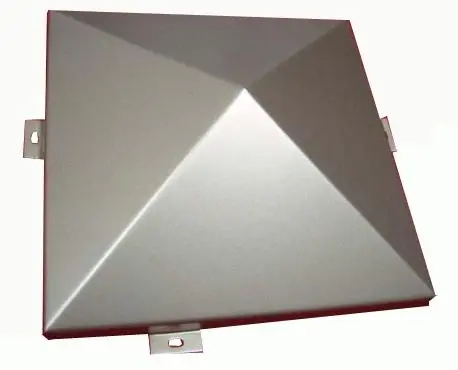
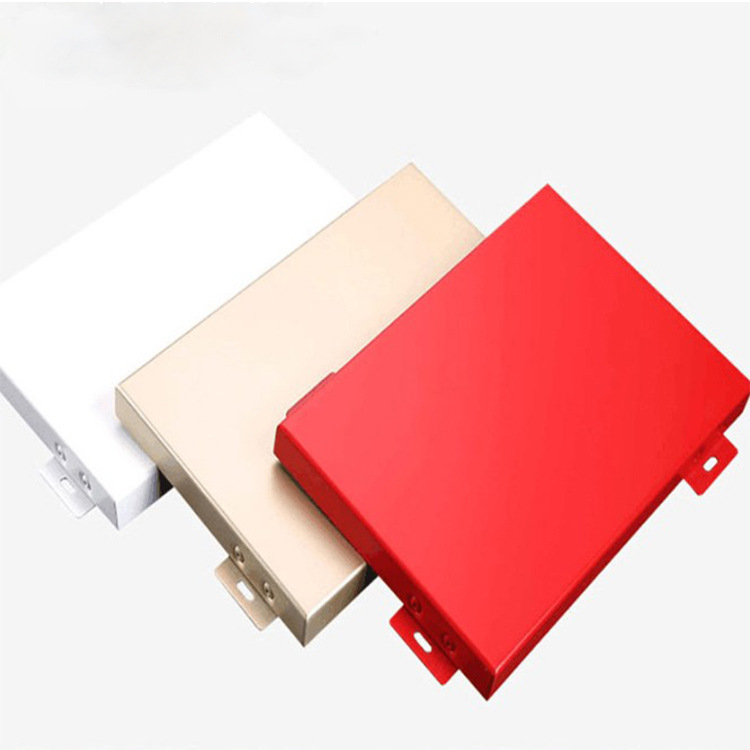
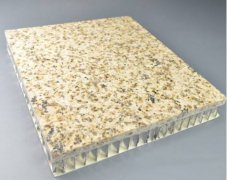
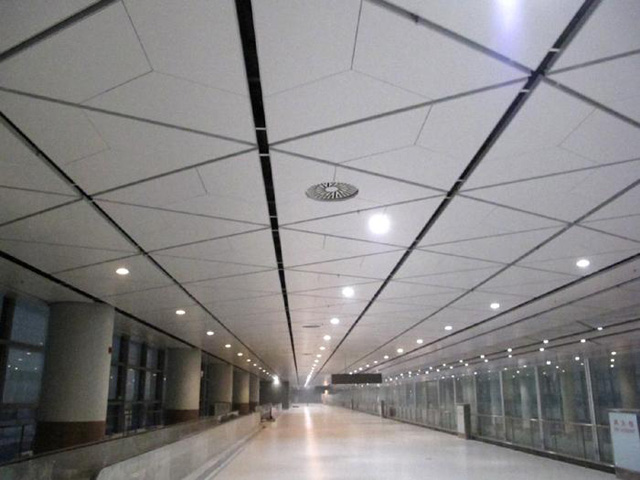
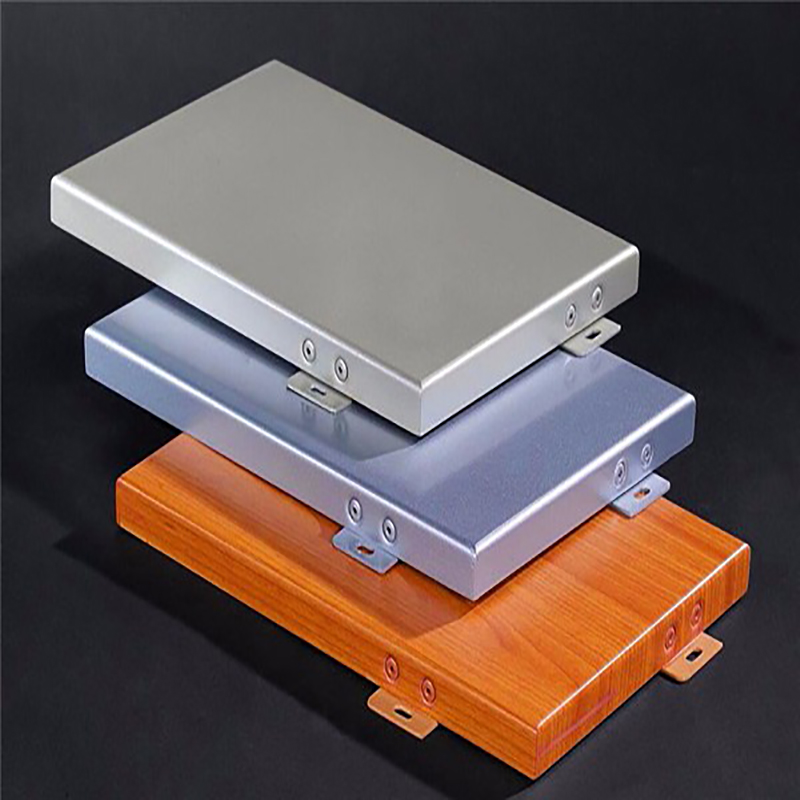
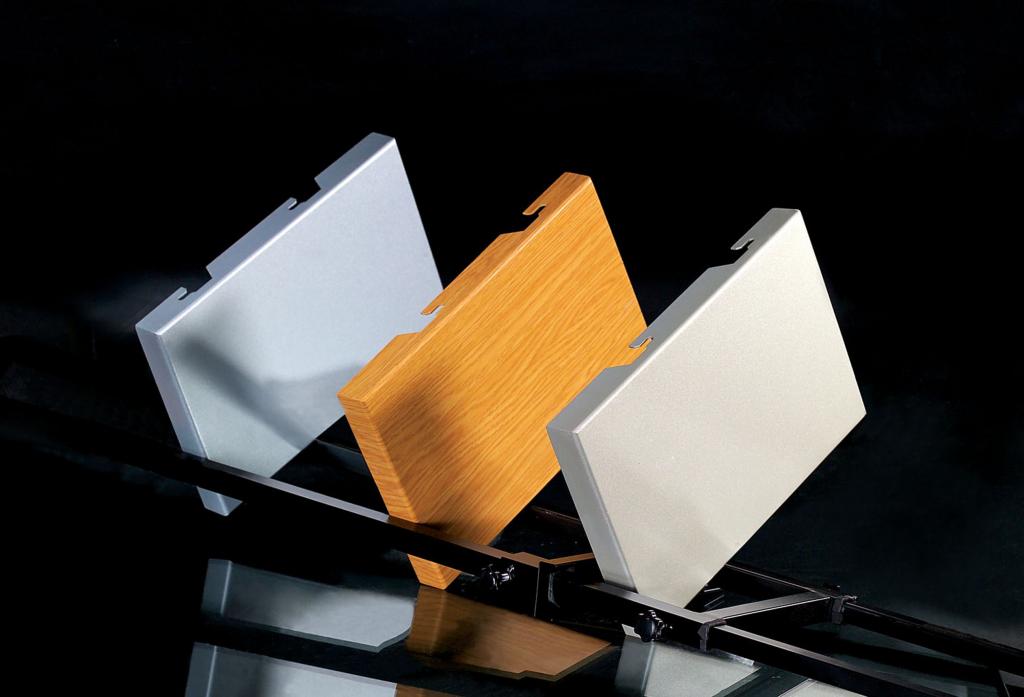
 Customer service QQ
Customer service QQ